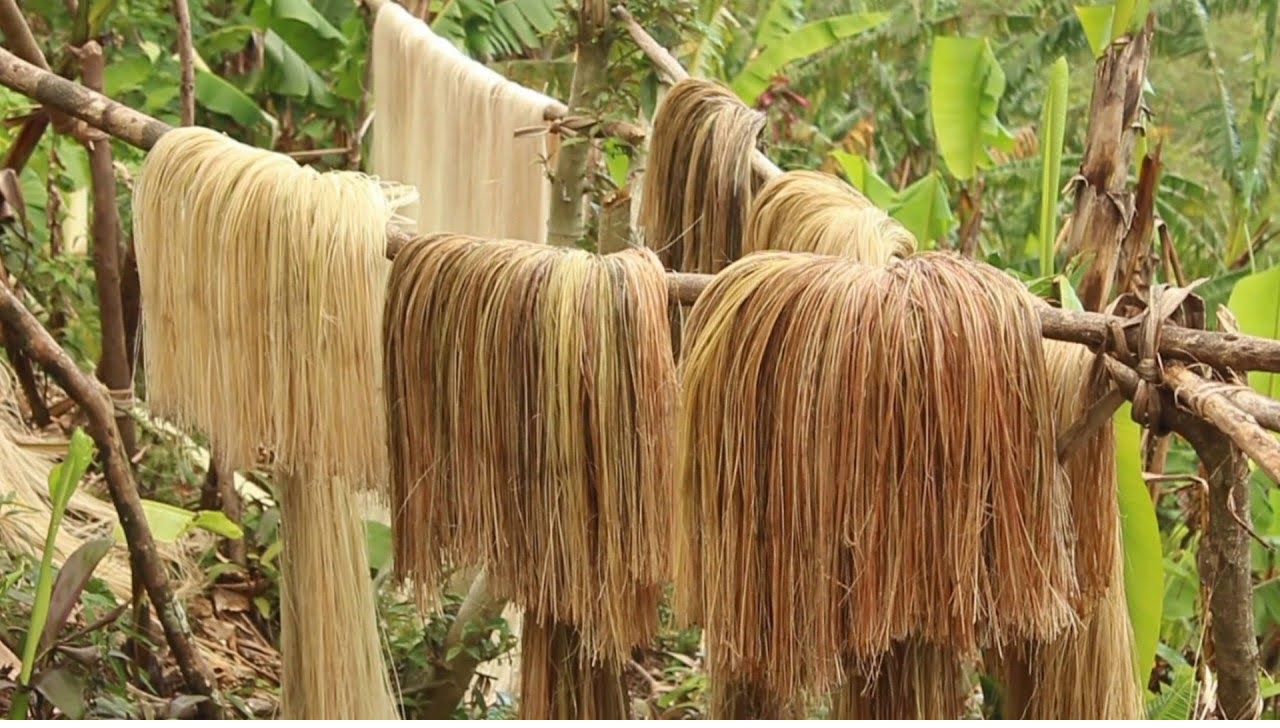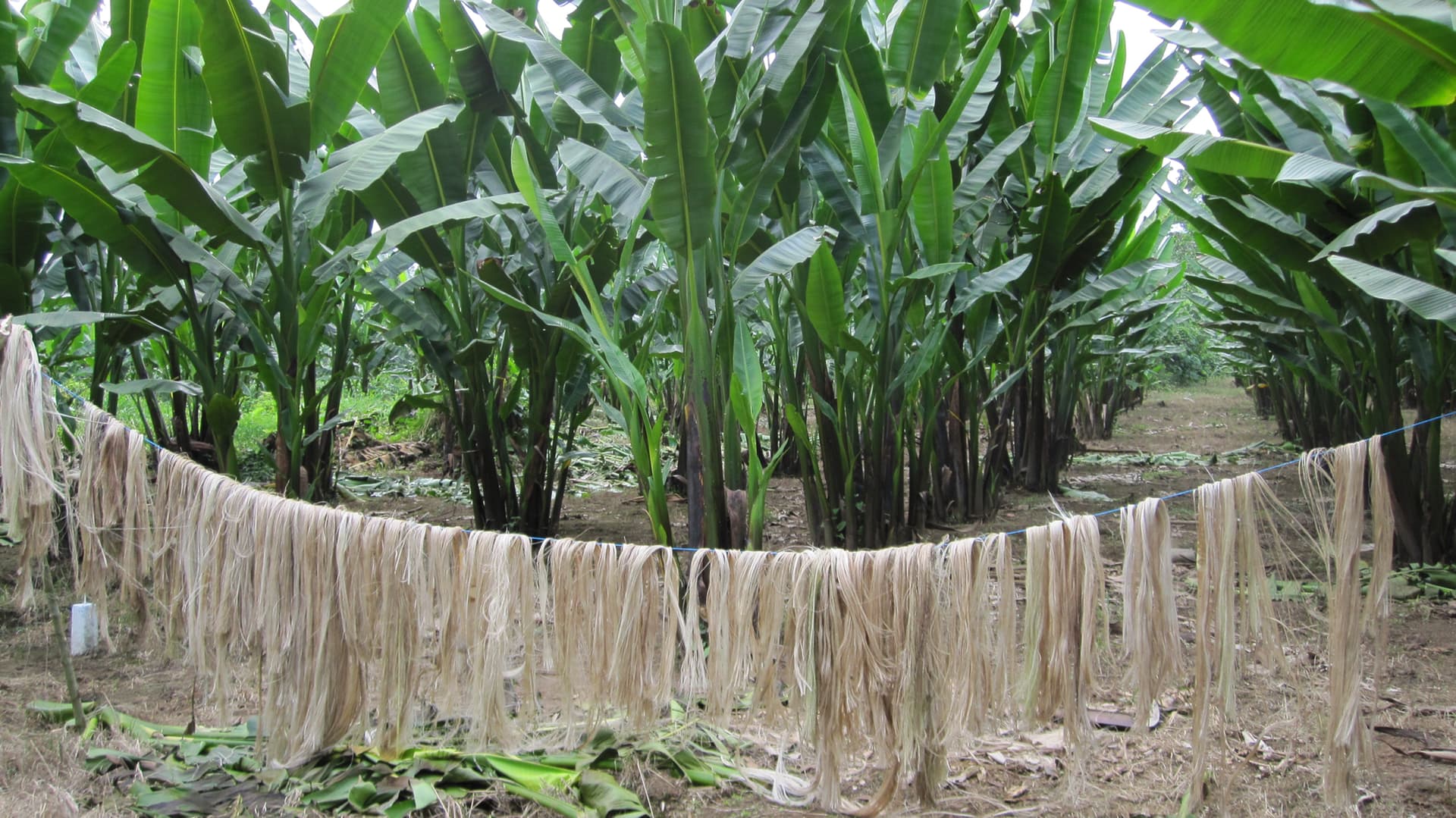Meaning. Abaca Uses Cultural Management Of Abaca Abaca Production. Abaca Product Weather Requirement Presentation
| Introduction to Abaca | ||
|---|---|---|
| Abaca, also known as Manila hemp, is a natural fiber that comes from the Musa textilis plant. It has various uses and is cultivated primarily in the Philippines and other tropical countries. Abaca is known for its strength, durability, and versatility, making it a valuable resource in many industries. | ||
| 1 | ||
| Abaca Uses | ||
|---|---|---|
| Abaca fibers are commonly used in the production of specialty papers, such as currency notes and tea bags. It is also used in the manufacturing of high-quality textiles, including ropes, twines, and cordage. Abaca is increasingly being utilized in the automotive and aerospace industries for its lightweight and eco-friendly properties. | ||
| 2 | ||
| Cultural Management of Abaca | ||
|---|---|---|
| Abaca plants require a warm and humid climate, with an average temperature ranging from 25 to 30 degrees Celsius. They thrive in well-drained soil with a pH level between 6 and 7. Abaca plants are typically grown in plantation-style cultivation, with regular pruning and maintenance to promote healthy growth. | ||
| 3 | ||
| Abaca Production | ||
|---|---|---|
| Abaca plants take around 18 months to reach maturity and produce viable fibers. Once the plants are harvested, the leaves are stripped to extract the fibers, which are then dried and processed. The fibers are then graded and sorted based on their quality and length, ready for further manufacturing or export. | ||
| 4 | ||
| Abaca Product | ||
|---|---|---|
| Abaca fibers are known for their exceptional strength, making them ideal for heavy-duty applications. Abaca textiles are highly sought after for their natural luster, softness, and resistance to wear and tear. Abaca-made products, such as bags, baskets, and furniture, showcase the natural beauty and durability of the fiber. | ||
| 5 | ||
| Weather Requirement for Abaca | ||
|---|---|---|
| Abaca plants require a consistent temperature range of 25 to 30 degrees Celsius throughout the year. They thrive in areas with high humidity and an annual rainfall of at least 2,000 millimeters. Extreme weather conditions, such as strong winds and typhoons, can damage abaca plants and affect fiber quality. | ||
| 6 | ||
| Abaca Cultivation Techniques | ||
|---|---|---|
| Abaca plants are typically propagated using suckers or rhizomes from mature plants. Proper spacing between plants is crucial to ensure optimum growth and airflow. Regular weeding, fertilization, and pest control are essential for healthy abaca plantations. | ||
| 7 | ||
| Challenges in Abaca Production | ||
|---|---|---|
| Abaca cultivation requires skilled labor for proper handling and management. Pests, diseases, and natural disasters can significantly impact abaca production. Market fluctuations and competition from synthetic fibers pose challenges to the abaca industry. | ||
| 8 | ||
| Sustainable Abaca Production | ||
|---|---|---|
| Sustainable farming practices, such as intercropping and crop rotation, can help maintain soil fertility and reduce pest infestations. The use of organic fertilizers and natural pest control methods minimizes the environmental impact of abaca cultivation. Promoting fair trade and supporting local communities in abaca-producing regions contributes to sustainable development. | ||
| 9 | ||
| Conclusion | ||
|---|---|---|
| Abaca, with its diverse applications and cultural significance, plays a significant role in various industries and economies. Understanding the cultural management techniques and weather requirements is crucial for successful abaca production. By promoting sustainable practices and investing in research and development, we can ensure the long-term viability of abaca as a valuable natural resource. | ||
| 10 | ||






